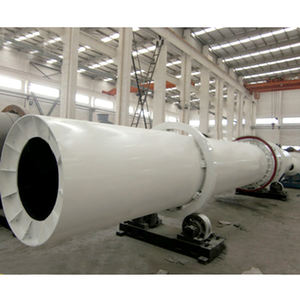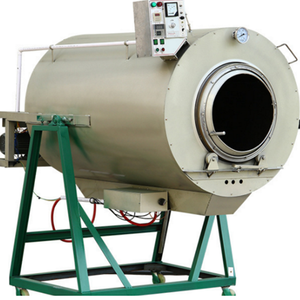Heavy machinery operations on residential or commercial lawns often raise concerns about preserving the integrity of the turf and underlying soil. A common question among contractors, landscapers, and property owners is whether plywood can effectively protect lawns from damage caused by equipment such as excavators, skid steers, or delivery trucks. The short answer is yes—plywood can serve as a temporary protective layer, but its effectiveness depends on proper selection, installation, and site-specific conditions.
(can you use plywood to protect lawn from heavy machinery)
Plywood works by distributing the weight of heavy machinery across a broader surface area, reducing ground pressure and minimizing soil compaction, rutting, and grass damage. When machinery directly contacts soft ground, concentrated loads exceed the soil’s bearing capacity, leading to deformation. Plywood acts as a load-spreading medium, transferring forces over a larger footprint. For example, a ¾-inch thick sheet of exterior-grade plywood can effectively support lighter equipment or short-term use, while thicker plywood (1 inch or more) may be required for heavier loads or extended projects.
The primary advantage of plywood is its accessibility and cost-effectiveness. It is widely available, easy to transport, and can be cut to fit specific pathways or work areas. Unlike specialized track mats or composite ground protection systems, plywood is a budget-friendly option for small-scale or short-duration projects. Additionally, plywood can be reused multiple times if handled carefully, though its lifespan diminishes with exposure to moisture, repeated loading, and abrasive surfaces.
However, plywood has limitations. Its performance is highly dependent on ground conditions. On saturated or unstable soil, plywood may sink or shift under heavy loads, reducing its protective effect. In such cases, combining plywood with a base layer of gravel or geotextile fabric can improve stability. Furthermore, plywood is susceptible to delamination and splintering when subjected to prolonged stress or moisture. For projects lasting weeks or involving continuous machinery movement, more durable alternatives like steel plates or high-density polyethylene (HDPE) mats are preferable.
To maximize plywood’s effectiveness, follow these best practices. First, select the appropriate thickness and grade. Exterior-grade plywood with a weather-resistant adhesive (e.g., CDX) is essential to withstand outdoor conditions. Second, ensure full coverage of the machinery’s path. Overlapping plywood sheets by at least 12 inches prevents gaps where soil exposure could occur. Third, inspect sheets regularly for cracks, warping, or moisture damage, replacing compromised sections promptly. Finally, avoid sharp turns or sudden stops on plywood, as these actions concentrate stress and increase the risk of breakage.
While plywood is a viable solution for many scenarios, evaluate the project’s scope before committing. For instance, lightweight machinery operating on firm, dry ground for a single day may only require a single layer of ¾-inch plywood. Conversely, multi-ton equipment working on soft terrain for weeks will likely need thicker plywood combined with stabilizing materials or a switch to engineered mats. Always calculate the ground pressure exerted by the machinery (total weight divided by contact area) and compare it to the soil’s bearing capacity to determine if plywood alone is sufficient.
Alternatives to plywood include modular track mats, which interlock to create stable pathways, and steel plates, which offer superior durability for extreme loads. These options, however, come at a higher cost and may require specialized handling equipment. For projects with environmental sensitivities, biodegradable mats or grass protection mesh can prevent damage without introducing foreign materials.
(can you use plywood to protect lawn from heavy machinery)
In conclusion, plywood is a practical, economical choice for temporary lawn protection against heavy machinery, provided it is used correctly. Its success hinges on selecting the right thickness, monitoring site conditions, and adhering to proper installation techniques. While not a universal solution, plywood strikes a balance between functionality and affordability for short-term applications. For long-term or high-intensity projects, investing in purpose-built ground protection systems will yield better results and reduce the risk of lawn damage. Always assess the specific requirements of the job to determine whether plywood is adequate or if a more robust alternative is warranted.


